 |
Elbit Systems's PULS MLRS moving for deployment.
Image Source. |
The Philippine Army is desiring to play a part in an ever-increasing military build-up through the Re-Horizon 3 phase, a process that usually prioritizes up-arming and improving the capabilities of both the Philippine Air Force and the Philippine Navy.
Despite being in the rear in terms of priority under this phase, especially now that external defense posture is in need and the Philippines being an archipelagic country, this does not stop the Philippine Army to set its own array of plans and programs under this revised phase of the
Revised AFP Modernization Program or R.A. 10349.
Both this service branch and their peers in the Philippine Marine Corps highlighted the need for ramping up coastline defenses, ranging from air defense systems to artillery platforms.
Currently, the Philippine Marine Corps are about to field their
BrahMos supersonic missile systems from India, the same coast-based missile systems that the Philippine Army also aims to get under the Land-based Missile System of the organization.
Likewise, the land service branch also set its eyes on acquiring MLRS or Multiple-Launch Rocket Systems, whereby its use as a coastal-based defense platform may come with bombardment saturation in mind, different from direct surgical precision that BrahMos missiles perform.
With the acquisition plans for supersonic missiles on the roll, the idea of getting MLRS as another type of coastal defense option gives the Philippine defense planners a wide range of options to further improve its external defense capabilities, whereby these units operate in sync or in unison with their counterparts that operate on high seas or in high altitudes within the country’s airspace. A capability of an MLRS battery showcases itself against waves of
amphibious vessels that attempt to invade the country’s coastline.
Currently, the discussions on the Multiple-Launch Rocket System or MLRS for the Philippine Army usually come with three types of platforms to consider - the
M142 HIMARS MLRS from the United States of America, the
K239 Chunmoo MLRS from South Korea, and the Elbit PULS MLRS from Israel.
The first MLRS platform mentioned has showcased its capability multiple times before the Philippine Armed Forces participants during the annual Balikatan exercises held by the alliance.
With the capability of the M-142 HIMARS MLRS captivated the minds of those participants during the annual bilateral exercises between the Philippines and the United States, the former is enthusiastically interested in securing such a platform and integrate it into its currently expanding array of interconnecting system that will define its external defense bottom-line.
This is where both the K239 Chunmoo MLRS from South Korea and the Elbit PULS MLRS attempts to fill in the void, whereby the former already has a discussion of its own by
accessing this link right here.
This leaves the Elbit PULS MLRS as the primary topic for discussion in this article, and by understanding it deeper, there will be an analytical conversation regarding the system, from its development history into its operations with different militaries, plus its specifications and comparison to the other systems mentioned.
HISTORY
 |
Like the Rafael System’s Spyder Ground-Based Air Defense Systems of the Philippine Air Force, the Elbit PULS MLRS also comes installed onboard different truck chassis, just like this Czech Tatra truck in this image.
(c) Elbit, through this Image Source. |
As discussed through many multiple-launch rocket system related topics made here on this website, the Elbit Systems PULS MLRS platform has an origin story, a concept and development process that has done by a lot of military tools and hardware that permeates to the stage when this comes as an idea, until it became a prototype for testing.
Hereon, the prototype succeedingly passed development requirements, enabling it to enter active service, usually with the country of origin where the platform has developed.
Before the multiple-launch rocket system unit became the Elbit Systems PULS MLRS known today among the defense community in its present state, the system, during its phase of development and testing, came to be recognizable through a different name, which is the Lynx MLRS platform developed by a different entity named as the ‘Israel Military Industries’ or IMI. This entity and the projects it had, such as the Lynx MLRS, have integrated into Elbit Systems
through the company’s acquisition of IMI in 2018.
There are no specifics on how the Lynx MLRS came into fruition, although several information
coming from several defense outlets traced its entry to service at around mid-2000s, with Israel and Azerbaijan being its first users. Apparently, the only description provided for the Lynx MLRS is that Azerbaijan has purchased several of this type of Multiple-Launch Rocket System, with modifications introduced by the Israeli defense firm to suit Azerbaijani armed forces’ own requirements.
Going further, the Lynx MLRS comes with varying configurations, of which, at its current service, with the Azerbaijani Armed Forces, comes installed onboard
Kamaz-740 50.360 diesel trucks that have originated from a Russian defense company of a similar name.
As the Lynx and eventually the PULS MLRS gets preferred by several armed forces when assessing the preferable option for such an artillery system like in the Philippine military’s case, substantiated discussions regarding its armament composition and delving deep into the different configurations provide further insights on the capabilities possess by this weaponry.
LOADOUT CONFIGURATION AND SPECIFICATIONS
 |
The different weapons configuration as shown in the image provided above, all of which are MLRS assets used by the Azerbaijani Armed Forces.
Image Source. |
Like both the M142 HIMARS and the K239 Chunmoo Multiple-Launch Rocket Systems or MLRS, the Elbit PULS or Precise and Universal Launching System comes with multiple load-out configuration, which depends to the firepower requirements and mission objectives that the military end-user desires to have that have a lasting effect on its destruction when aimed against enemy units. Also, it puts the type of targets into consideration for an appropriate utilization of differing rocket systems.
The Elbit PULS multiple-launch rocket system
incorporates two specialized PODS, each tailored for a specific type of rocket used for the applicable mission that the end-user aspires to conduct and achieve.
This means that the PULS MLRS has the capability of carrying eighteen (18) Accular 122mm rockets, ten (10) Accular 160mm rockets, four (4) EXTRA rockets, and two (2) Predator Hawk Rockets. Take note that this comes differently to the munitions used by two other aforementioned MLRS systems.
Similarly to the PULS MLRS platforms, the Accular rockets mentioned also count as
munitions produced by Elbit Systems Land Ltd., in which the manufacturer markets it as the highly accurate, combat-proven guided rocket system that helps improve artillery performance of the PULS, aside from being as a capable munitions mechanism designed to provide artillery support for ground troops in eliminating desirable targets after getting launched from this specific multiple-launch rocket system.
Specifically,
different sizes of Accular rockets came with different ranges of capabilities presented. For the Accular 122mm rocket munitions system, its capabilities comprise with its range coming at around 35-40 kilometers carrying a 20-kilogram warhead, in which it can fit more onboard a PULS MLRS platform compared to the larger Accular 160 rocket munitions system. The latter munition comes with a similar range of 40 kilometers while carrying a 35-kilogram warhead, 15 kilograms more than the former.
Now, regarding the specifications of an Elbit Systems Land PULS multiple-launch rocket system, it comes intertwined again with the MLRS design it derived earlier, which is the IMI Lynx MLRS.
In
terms of its dimensions, the Lynx MLRS comes with a weight of twenty-five (25) tons, length of nine (9) meters, width of two point five (2.5) meters, and height of three (3) meters. The mobility of the platforms depends on the trucks that come with the platforms provided with the MLRS units provided.
Finally, another rocket munitions feature that typically comes with the PULS MLRS platforms is the ones called the
EXTRA long-range,
high-precision rocket munition that has the range of 150 kilometers and equipped with 120 kilogram unitary warhead, which either be the control fragmentation variant or the penetration variant.
Elbit markets this as a munition appropriate to use in urban settings, as the supersonic rocket has critical infrastructure targets in mind - from command centers to transportation hubs.
The different rocket load-out that the Elbit PULS MLRS comes with provides a wide variety of options in fully optimizing its capabilities in different military, strategic, and operational requirements, enabling an end-user like the Philippine Army to use this feature to its advantage.
COMPARISON
 |
Both the K239 Chunmoo and the M142 HIMARS are under consideration by the Philippine Army for its MLRS project.
Image Source. |
One essential component to determine the capabilities Elbit Systems Land’s PULS MLRS has in offering to the Philippine Army is to provide a metric that gives it direct comparison to the other units offered by other willing suppliers for the Multiple-Launch Rocket Systems or MLRS program, specifically the competitors such as the
South Korean K239 Chunmoo and the
U.S. M142 HIMARS MLRS. Like the PULS, the latter two MLRS units came with different weapons' load-out options for various mission requirements.
Speaking of weapons’ load-out options, the Accular 122mm and 160mm rocket systems come smaller to the average 227mm rocket rounds that both the K239 Chunmoo and the M142 HIMARS MLRS usually comes with, although it comes at part with the 130mm rocket load-out that the
older K136 Kooryong MLRS uses and also eventually integrated as part of the K239 Chunmoo rocket options. This means that both HIMARS and Chunmoo MLRS systems came with heavier munitions with larger warheads.
One key advantage of the PULS MLRS to the likes of M142 HIMARS is that the former can get installed on the truck platform of choice that varies to each country and its militaries that purchase the rocket artillery pieces, whereas the M142 HIMARS always come with the
Family of Medium Tactical Vehicles (FMTV) 5-ton truck as its mobility platform. The Chunmoo MLRS so far can fit on both the default South Korean-built truck chassis or, with Poland, the
Jelcz 8x8 truck chassis for its Chunmoo (Homar-K) MLRS platforms.
Ultimately, the EXTRA long-range, high-precision rocket munition
comes at 306mm sized caliber, with a range that is less than the Lockheed Martin ATACMS that the M142 HIMARS can carry at least one missile munition. In context, the Elbit PULS can carry at least four (4) rocket munitions of the EXTRA system.
A better munition to compare the ATACMS is the
Predator Hawk, of which it similarly comes with that 300 km range and 140-kilograms unitary warhead. The PULS can carry at least two munitions of this type.
The missile that South Korea’s K239 Chunmoo that competes in this field is the
600mm KTSSM-1 or the Korea Tactical Surface-to-Surface Missile, whereby its primary design is to neutralize North Korea’s artillery capabilities, although it comes lesser in range compared to the MGM-142 ATACMS and the Predator Hawk, yet it packs similar firepower as the former at an affordable price.
The presented comparisons provided an insight of each advantage and disadvantages that each MLRS platform has for the Philippine Army to check and consider.
IN SUMMARY
 |
Here is an image of a PULS MLRS platform unleashing a rocket in a trial exercise.
From Wikimedia Commons.
|
|
The Philippine Army pursues the acquisition of multiple-launch rocket systems or MLRS, as the entire Armed Forces of the Philippines, together with the Department of National Defense, gears itself into fortifying and solidifying the country’s territorial defense capabilities.
This new defense concept developed by the country’s national defense department shows the grave significance of taking the country’s overall external defense situation into account, that the full modernization of the Armed Forces of the Philippines take center stage, alongside capabilities-related developments
of both the Philippine Coast Guard and the Bureau of Fisheries and Aquatic Resources, as all mentioned government instrumentalities play a vital role in asserting its national interest in the country’s EEZ.
As the acquisition projects of the Revised AFP Modernization Program being in its materialization phase
under the Re-Horizon 3 period of the entire program, the Philippine Army is keen on securing its own set of military hardware geared for external defense, giving primary emphasis on both coastal-oriented defense systems of both rocket artillery and guided anti-ship missile platforms. As for the former, a close fight ensues between three MLRS platforms that the service branch sees into consideration.
The competition on the MLRS Acquisition Project, along with previous projects that Elbit Systems have with the Philippine Army, especially with its recent acquisition projects delivered like the
Sabrah Light Tank of both
ASCOD 2 and
Pandur 2 chassis, plus the
VBTP-MR Guarani 6x6 Armored Personnel Carriers gave the Israeli defense manufacturer the incentive to take part in this project, with their platform offered being the PULS multiple-launch rocket system, formerly being the IMI Lynx MLRS.
Like the other competitors in the MLRS project, the PULS MLRS presented by Elbit Systems comes with its own array of advantages and disadvantages for the Philippine Army to consider, especially if it fits with its primary metric, which is with the service branch’s own basic and advanced requirements that its leadership looks for a multiple-launch rocket system platform. Both the
Accular and
EXTRA rocket systems that came with the PULS presented come as capable munitions of its own right.
With the competition being a three-way street between the M142 HIMARS, K239 Chunmoo, and the Elbit PULS MLRS with the emphasis on competition being on the latter two multiple-launch rocket system solutions, the entire MLRS acquisition project comes as an ideal bet that not only helps the Philippine Army improve its rocket artillery capabilities after it discontinued its acquisition of
K136 Kooryong MLRS from South Korea, but also in augmenting coastal missile systems such as the BrahMos missiles from India.
Ultimately, the awarding of the contract for the winning bidder of this MLRS project presents an opportunity for defense companies like Elbit to cement its foothold further within the Philippine defense market, especially that their delivery of
light tank units and
armored personnel carriers of both upgrade and new units in nature increase their good reputation as weapons supplier for the Philippine Armed Forces. And a victory on this project gives that affirmation even further.














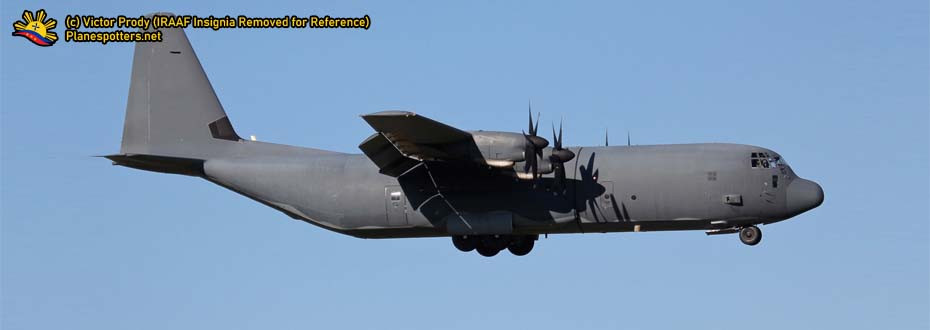
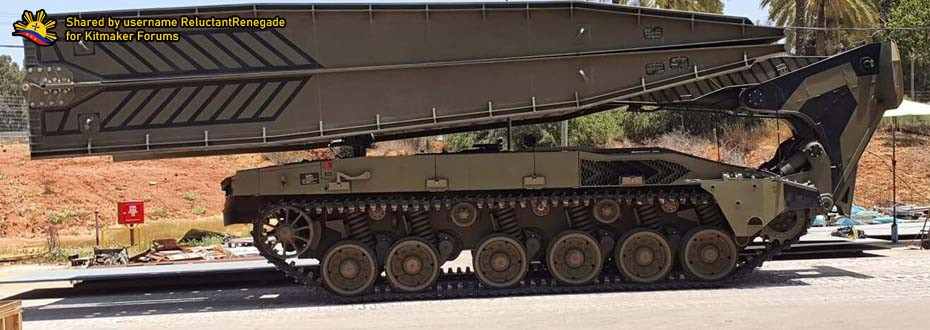
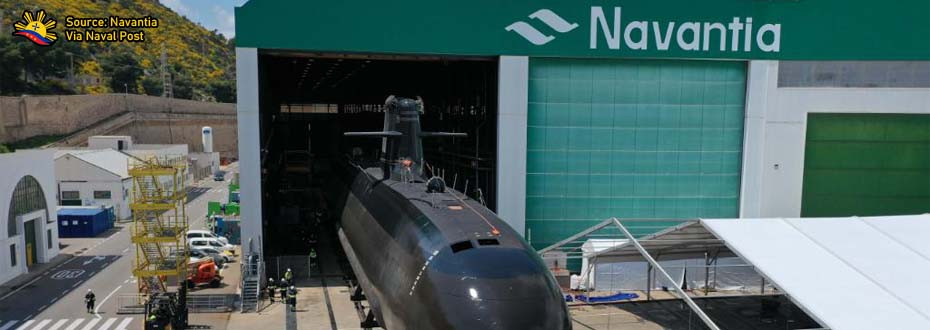
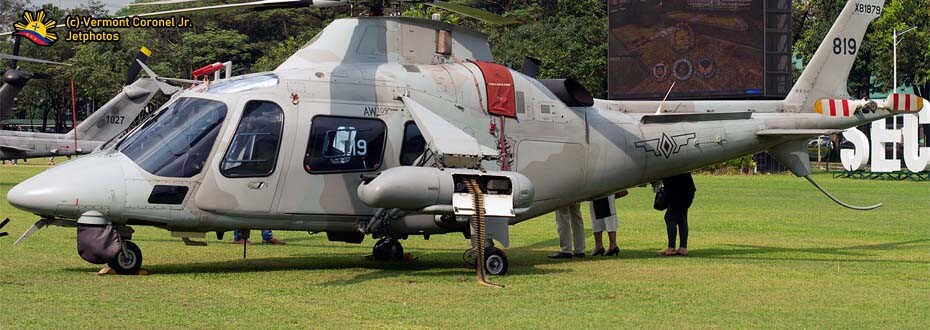
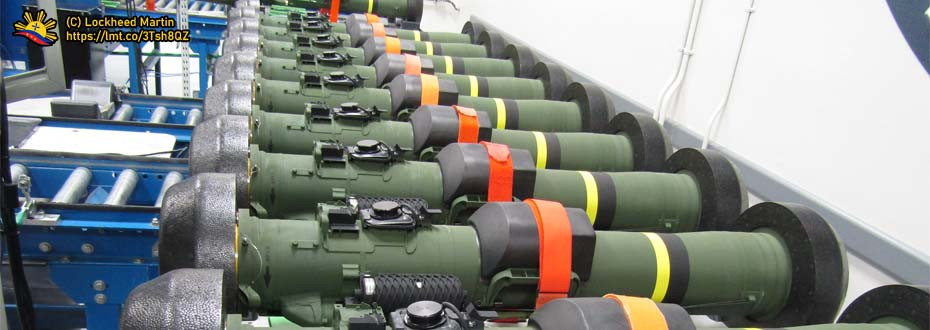






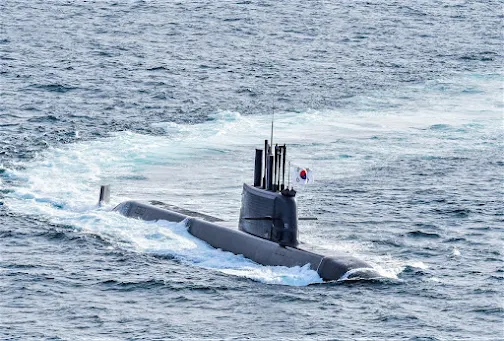

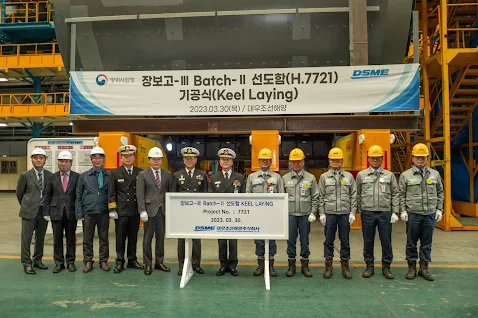



%20Submarine%20-%20PDA.jpg)




